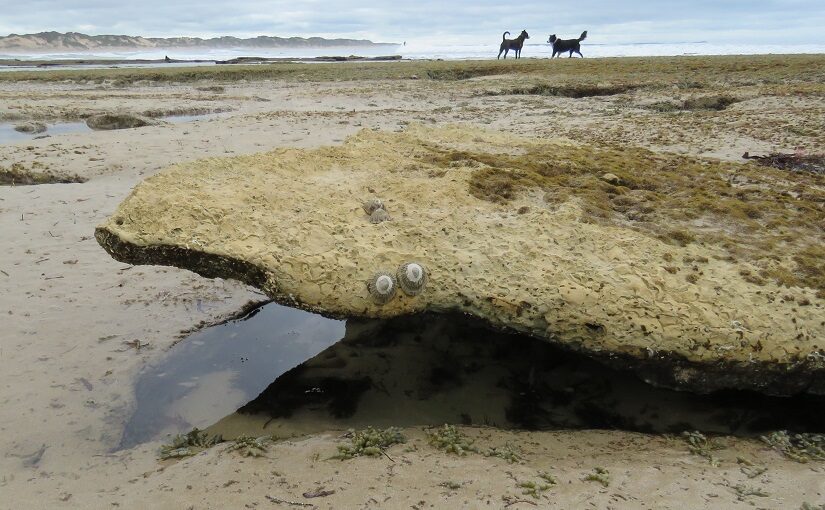When we view life from behind a lens, aren’t we not then “in” reality? We’ve taken this step back to see what stands before us with different eyes – eyes of posterity, performance, evaluation. All the times we’re choosing to stand apart from the moment, observing it differently to capture things a certain way, it’s almost like we’re no longer “there”.
Sometimes it also seems that pictures loom larger than memories: the lived experience of events rivalled by images that drown out the complex awareness of many perspectives with the compelling evidence of one. The slow, faded recollection of a moment replaced by a series of snapshots that might eventually crowd out the other, less photogenic aspects of our lives. As if photos are clearer and more reliable.
Humans, now, being the first to live with this constant presence of photography, I’ve heard it said it’s changing how we act, perceive and present ourselves. It’s incredible to think that little more than a lifetime ago people rarely saw images of themselves; whereas, now, the incidental events of each day can so easily be posed, captured and shared.
It must make a significant difference to how we are? Perhaps shifting our focus from the inside – our presence, contribution and understanding in each moment – to a preoccupation with how we look from the outside. As if we risk becoming actors, creating the illusion of something our lives might no longer contain. Empty shells, conveying the image we want others to see.
There can be such disparity between how things look and how they are on the inside (Notes One). Something can seem impressive, but contain nothing within. Completely unremarkable things can hold great inner value. Maybe it’s a mistake to get blinded by appearances? Especially given how easy it now is to create images that bear staggeringly little relationship to reality.
But perhaps it’s also too easy to imply that we’re becoming superficial, self-obsessed or distracted. As with many aspects of modern life and the technology woven through it, we probably just have the opportunities people before us were wanting: capacity, convenience, simplicity, control (Notes Two). Maybe people have always sought to capture their memories, share their experiences, and give others a window into their lives.
Essentially, then, photography seems like a form of communication: people sharing their perspectives to let others see the meaning things hold when, for a moment, we view life with their eyes (Notes Three). This beautiful act of self-revelation as we offer up our insights to one another, filling in the gaps of mutual understanding to grasp a little more of the reality we’re all part of.
As with writing, perhaps we’re just wanting to reach out, open the door on what matters to us, and create common ground by offering our take on things. How closely our words or images track alongside the truth of reality – and, how well such processes integrate into the lives we’re leading – seem just some of the challenges modern life’s presenting us with.
Notes and References:
Note 1: Absolute or relative value
Note 1: Oh, to be young again?
Note 1: Masks we all wear
Note 2: All in such a rush
Note 2: Modern challenges to relationship
Note 2: Pace of change & getting nowhere fast
Note 3: What does art have to say about life?
Note 3: Going towards the unknown
Note 3: Living as a form of art

